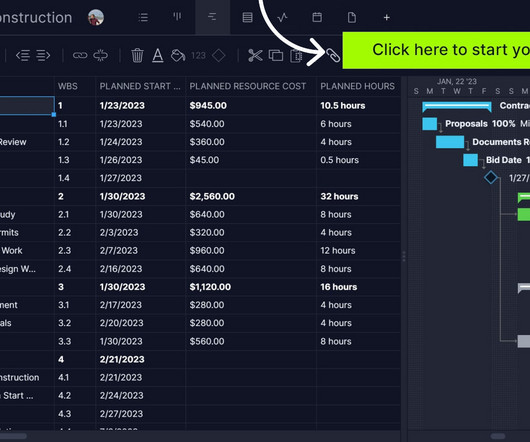What Is IT Management? Why Is IT Important for Businesses?
ProjectManager.com
AUGUST 2, 2023
Information technology, more commonly referred to as IT, is using hardware, software and the supporting infrastructure to manage and deliver data through various means, such as voice, video, etc. They must maintain the hardware and software, making sure it’s updated when needed. What Is Information Technology (IT)?














Let's personalize your content